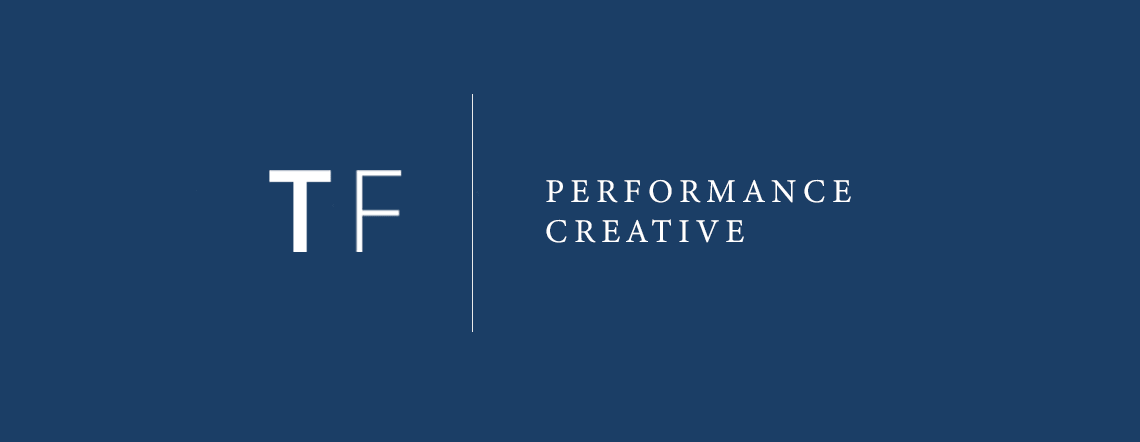Context
Tom Ferry International is a leading real estate coaching and training company that empowers agents to achieve their professional and personal goals. As the company grew, there was an opportunity to evolve the digital tools supporting their coaching, feedback, and learning processes to help agents stay engaged and improve performance.
Over 6 months, I worked as a UI/UX Product Designer focused on enhancing their B2C SaaS platform, specifically performance management, agent feedback, and educational engagement.
Throughout this project, I partnered closely with a product manager, engineering leads, and front‑end developers to ensure solutions were feasible and strategically aligned. I also worked with internal coaching directors and training specialists to understand real‑world needs and day‑to‑day growth conversations.

Problem
Real estate agents and their coaches were relying on outdated, fragmented tools that made it difficult to deliver meaningful feedback, track progress, or celebrate day‑to‑day wins. This friction turned what should have been motivating coaching moments into administrative hurdles.
- Coaching systems felt clunky, often bogged down by manual data entry and searching for scattered performance notes.
- Expectations were unclear, creating a disconnect between coaches and agents on goals and progress.
- Feedback wasn’t frequent or actionable, and many agents felt overlooked, which reduced motivation and ownership of growth.
Tom Ferry needed a more intuitive, continuous feedback ecosystem that helped coaches and agents stay aligned without adding extra overhead.
Evidence
Through user interviews, platform analytics, and direct observation, we found that the existing feedback tools weren’t supporting effective coaching. Coaches spent too much time collecting and managing information, often limiting time for meaningful conversations.
- Qualitative: coaches reported frustration with outdated workflows and inconsistent expectations.
- Quantitative: low engagement with feedback features and infrequent progress updates.
- Behavioral: observations showed coaches writing evaluations manually instead of focusing on relationships and strategy.
My Role
As the designer, I led the effort to create a more solid foundation that enhanced collaboration, reduced friction, and elevated the user experience across the platform.
Key responsibilities included:
- 🔁 Designed and optimized the UI/UX for a performance management tool to promote continuous feedback not just periodic reviews.
- 🤝 Collaborated closely with product and engineering to transform insights into scalable design systems.
- 🧪 Created user flows and interactive prototypes to validate new models for feedback delivery, coaching conversations, and goal tracking.
- 📣 Worked with internal trainers and sales enablement to ensure the tools served real‑world coaching needs.
Solution
We launched a revamped platform that made coaching feel continuous, lightweight, and motivating while improving visibility for both coaches and agents.
- A continuous feedback model that made in‑the‑moment evaluations easier for coaches and actionable for agents.
- Simplified dashboards and visual scorecards highlighting key progress metrics for agents and managers.
- Embedded educational content tied to performance, nudging agents toward recommended courses based on gaps.
- A scalable internal structure that helped senior managers coach their own teamsr reinforcing clarity across the organization.
Impact
Quantitative
- 30% reduction in time spent writing feedback - average input time dropped from 6 minutes to about 4 minutes per session.
- +42% increase in feedback submissions per agent per month - prompting more frequent, bite‑sized evaluations.
- Goal creation and updates rose by 35%, indicating more proactive tracking and refinement.
- Engagement goal screen clicks increased by 28%, showing deeper interest in tracking progress.
- Average progress updates per session grew from 1.2 to 2.0, meaning agents and coaches consistently revisited goals together.
Qualitative
Coaches and managers shared that the new system felt less like an administrative requirement and more like a true coaching tool. Agents experienced richer conversations and more structured guidance. Many reported the regular check‑ins and visual progress cues helped them celebrate small wins.
Belief
When feedback is easy to give and easy to act on, it shifts from a compliance task to a motivational driver. By prioritizing real‑time coaching, progress visibility, and educational nudges, we anchored the platform in behaviors that help high‑performing agents thrive.